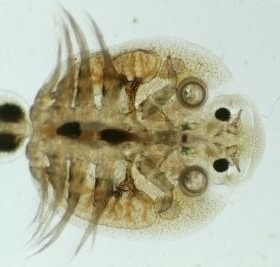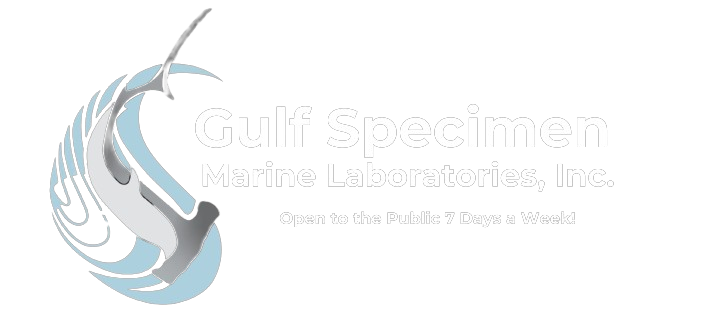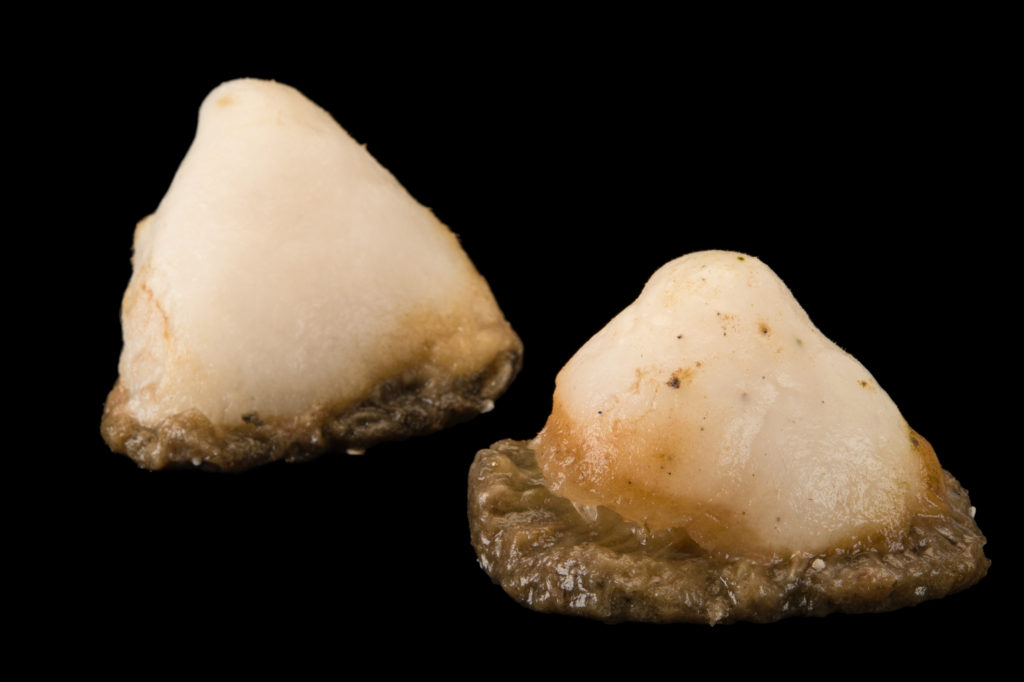Shop
This is where you can browse products in this store.
$135.00 – $270.00

$135.00 – $270.00
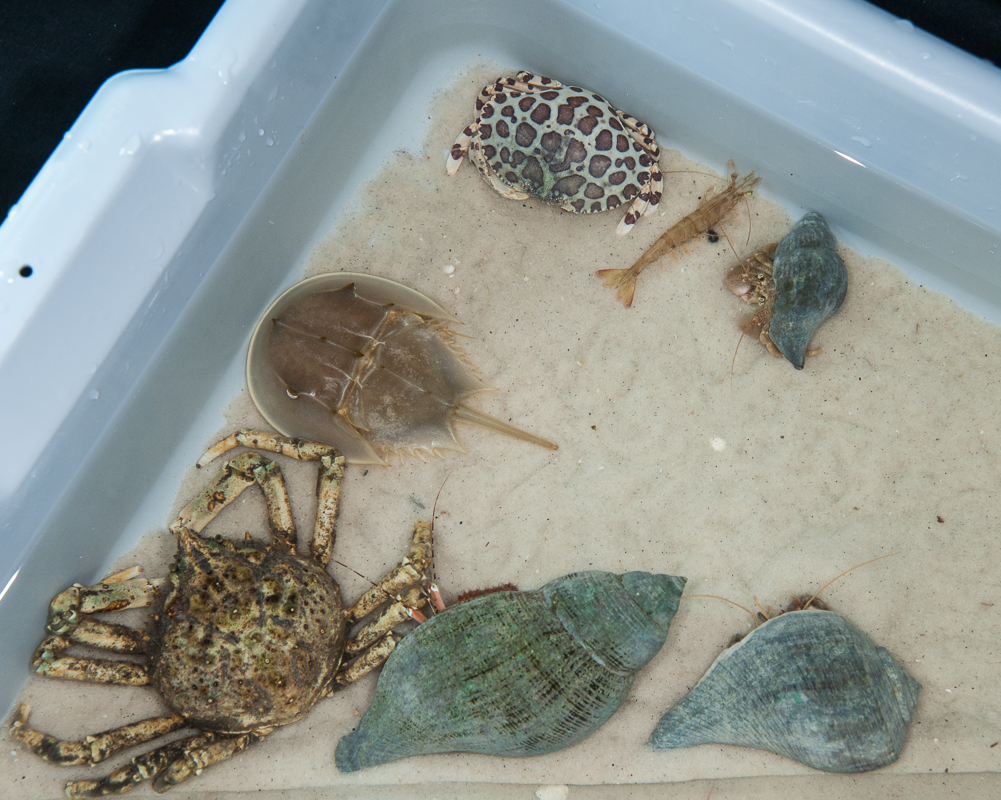
$135.00 – $270.00
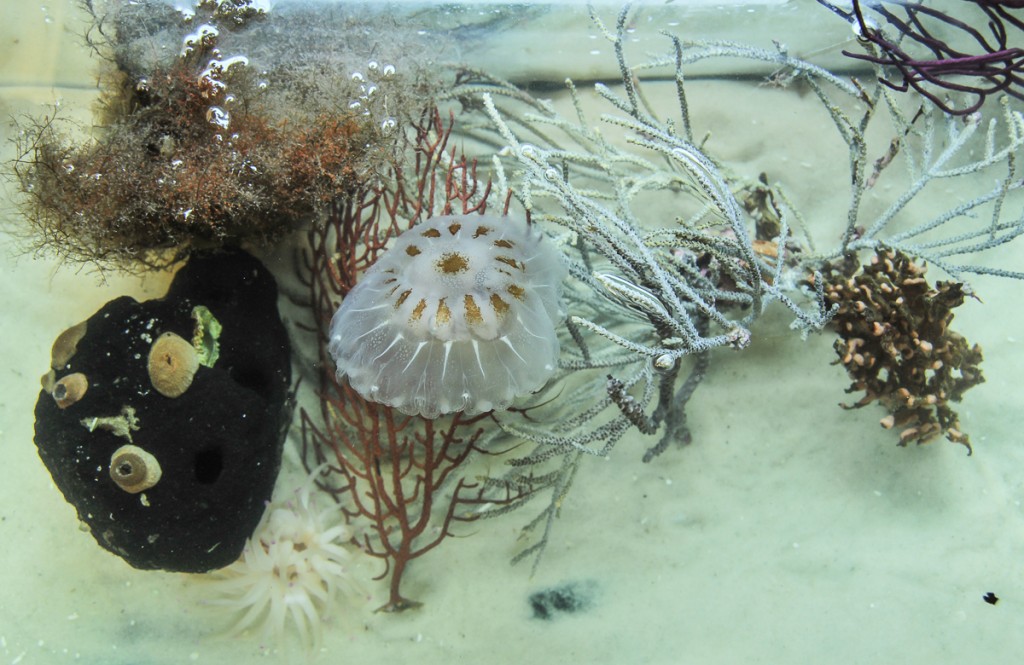
$135.00 – $270.00
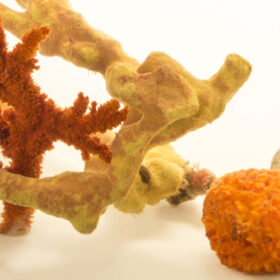
- Included are chitons, clams, mussels, whelks, snails, and nudibranchs. When abundant, scaphopods and/or frilled sea hares may be included.
$135.00 – $270.00
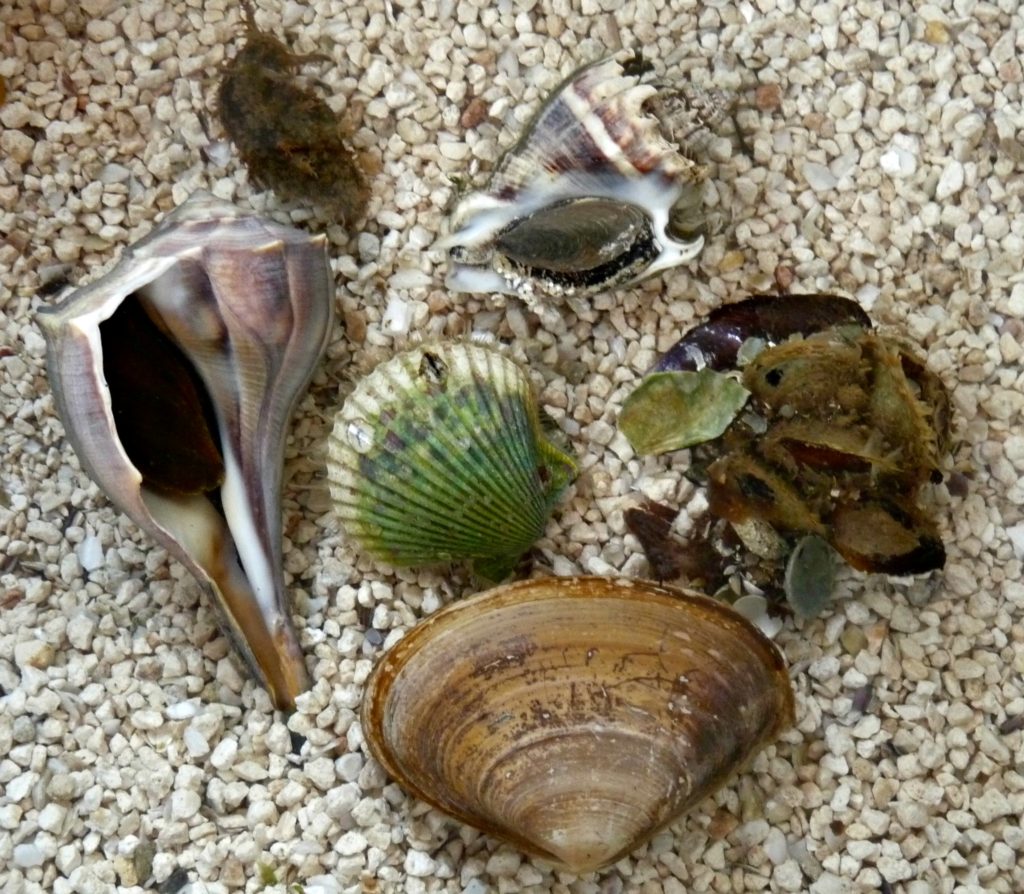
$99.00 – $129.50
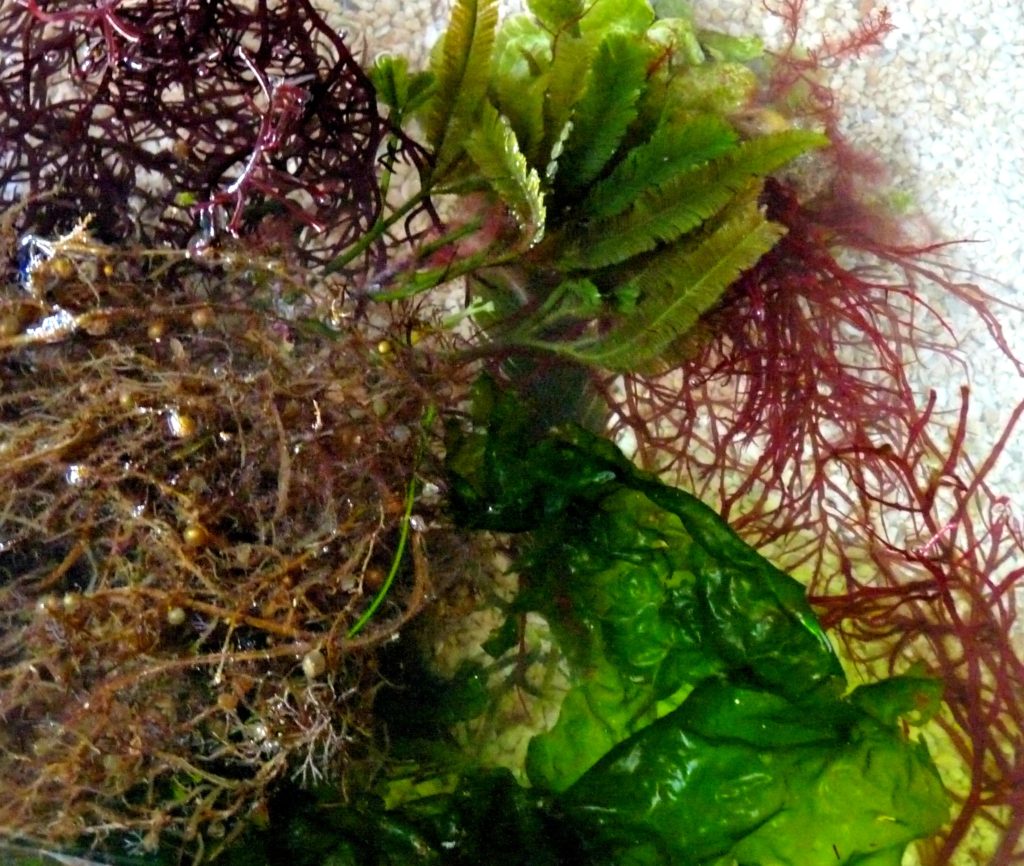
$135.00 – $216.50
$135.00 – $191.00
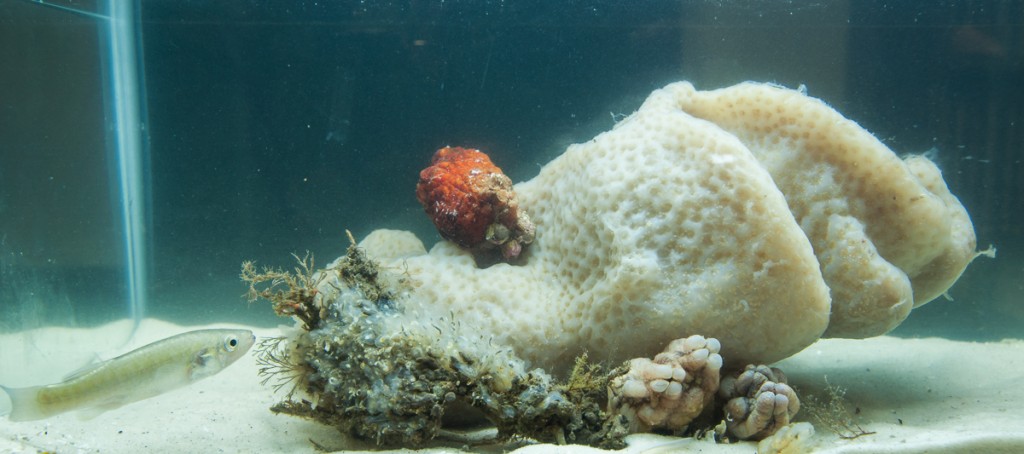
$135.00 – $270.00
Arius felis
Each Dozzen small ---123
Each Dozzen small ---123
Each Dozzen small ---123
Each Dozzen small ---123
$22.50
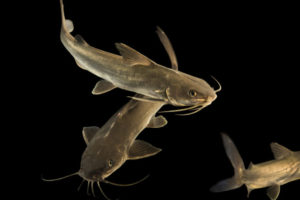
Hardhead sea catfish (Arius felis)
Spheroides nephelus
$25.50
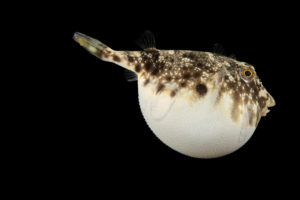
Southern puffer (Spheroides nephelus)
Lactophrys tricornis
$25.50
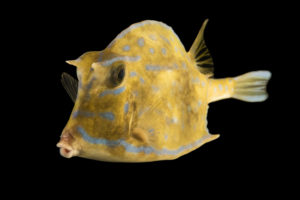
A cowfish (Lactophrys tricornis)
Balistes capriscus
$80.50
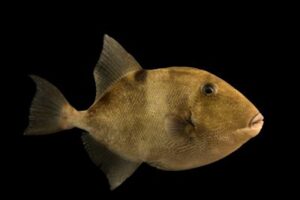
Grey triggerfish (Balistes capriscus) at Gulf Specimen Marine Lab and Aquarium.
Monacanthus hispidus
$13.00 – $17.00
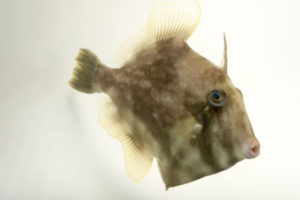
Gobiesox strumosus
$24.50
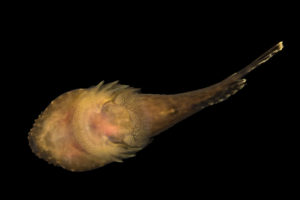
Clingfish or skilletfish (Gobiesox strumosus)
Symphurus plagiusa
$20.00

Trinectes maculatus
$22.50
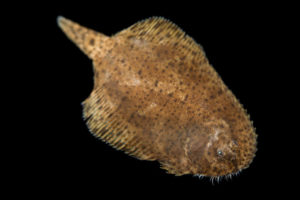
Hogchoker (Trinectes maculatus)
Paralichthys oblongus
$22.50
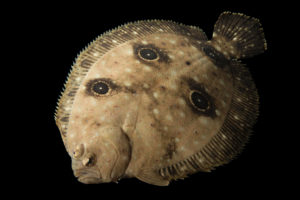
Four-spotted flounder (Paralichthys oblongus)
Paralichthys albigutta
$21.50 – $34.50
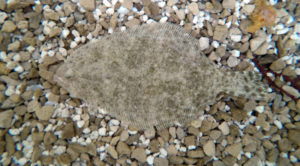
Mugil cephalus.
$22.50
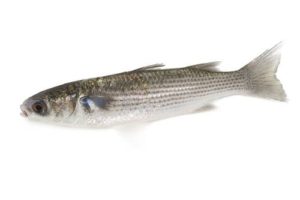
Serranus subligarius
$31.50
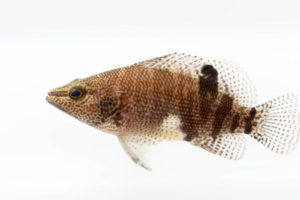
Belted sandfish (Serranus subligarius)
Chasmodes saburrae and other species
$17.00
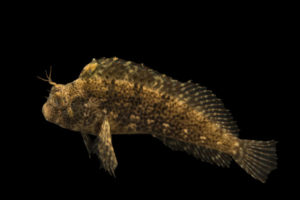
Feather blennie (Hypsoblennius henzi)
Halichoeres bivittatus
$17.50
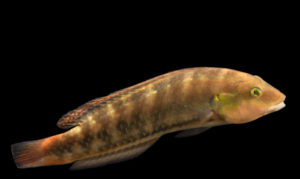
Green wrasse (Halichoeres bivittatus) at Gulf Specimen Marine Lab in Panacea, FL.
Prionotus scitulus, P. tribulus
$25.50
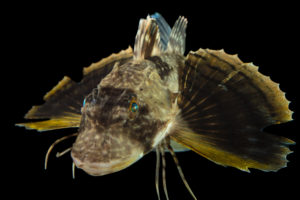
Bighead searobin (Prionotus tribulus)
Scorpaena brasiliensis
$29.00
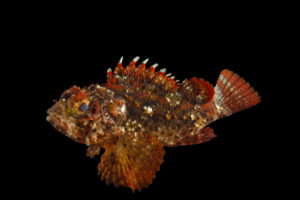
A scorpionfish (Scorpaena brasiliensis)
Chaetodipterus faber
$45.00 – $56.50
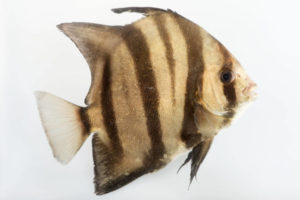
Atlantic spadefish (Chaetodipterus faber)
Diplodus holbrookii
$14.00

Lagodon rhomboides
$14.00

Lagodon rhomboides
$53.50
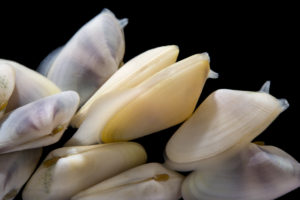
$53.50
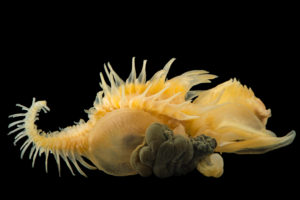
$28.50

$17.50
$56.50 – $133.50

$14.00
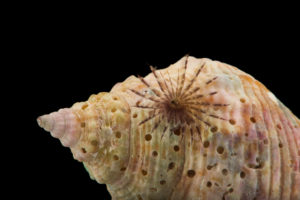
$24.00
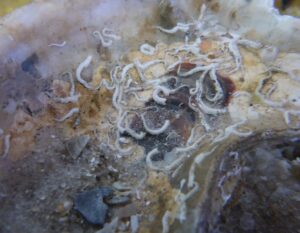
$10.50
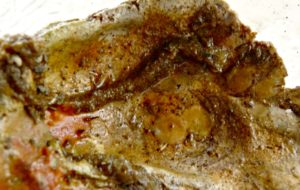
They are one of the oldest living creatures on earth. Fossil records go back more than four hundred million years. They are also among the most hardy. Shipped in damp Spanish moss to keep their gills from becoming damaged, they can last for a week or longer out of water. They thrive on chopped fish, shrimp, and make good scavengers for any sized aquarium. The optic nerve of the horseshoe crab has been studied for the past fifty years, and recently, its blood has proven a valuable diagnostic tool in pharmacology. Large, 20-25 cm. carapace. Medium, 10-15 cm. carapace. Small, 2.5-8.0 carapace. Specimens may be selected for clear lateral eyes, for electrophysiological recording for an extra charge.
$22.50 – $51.00

